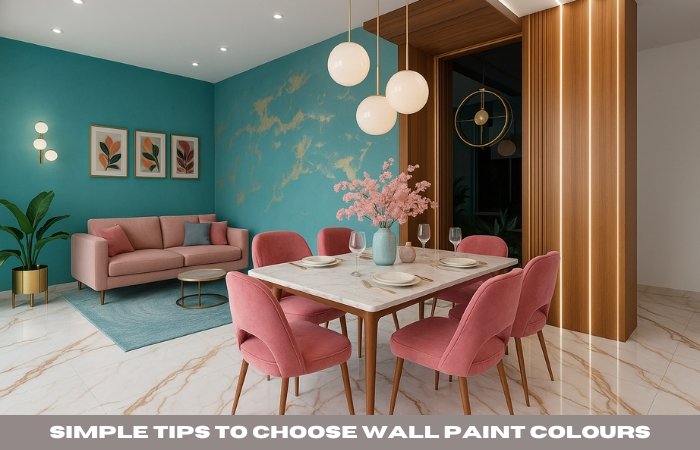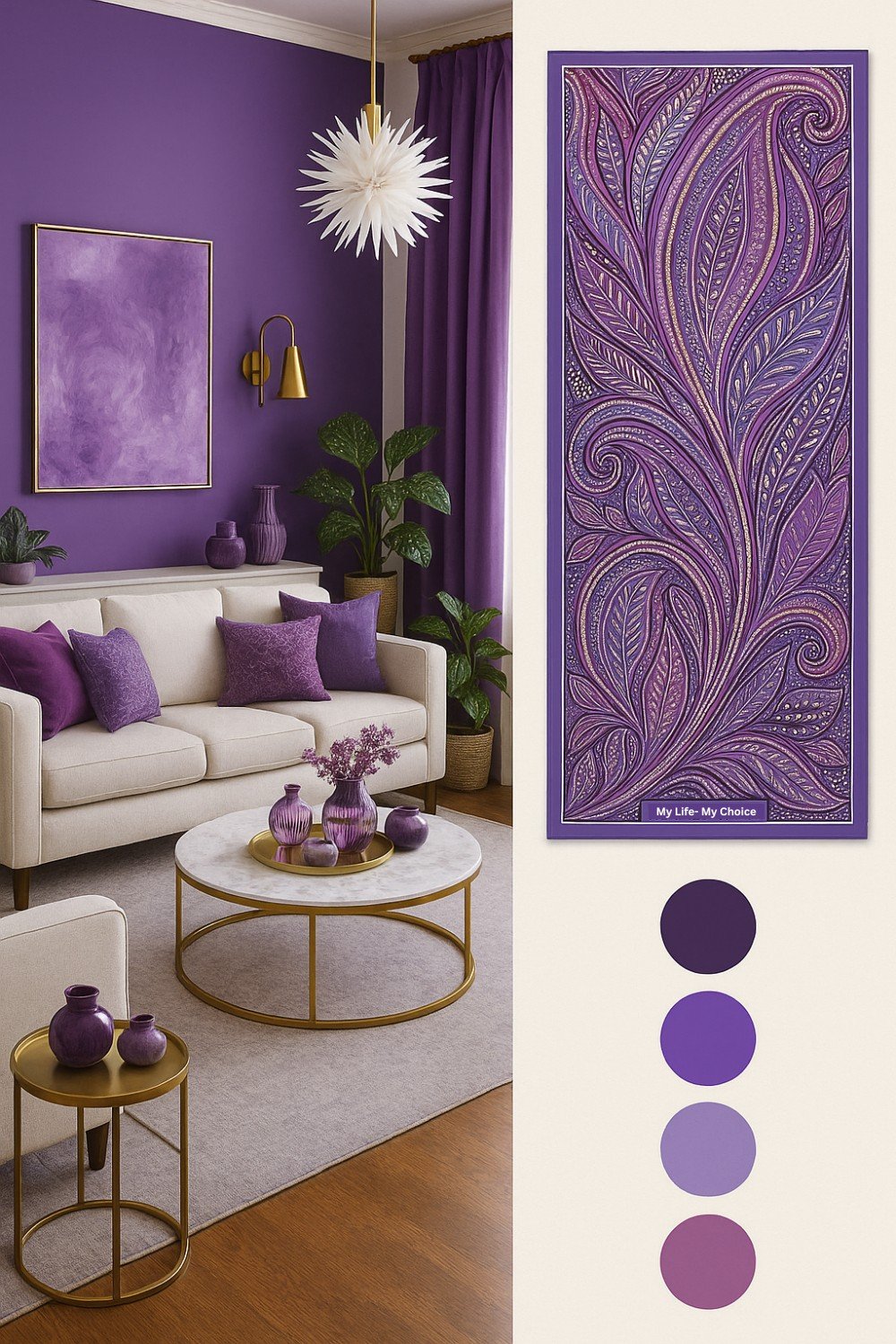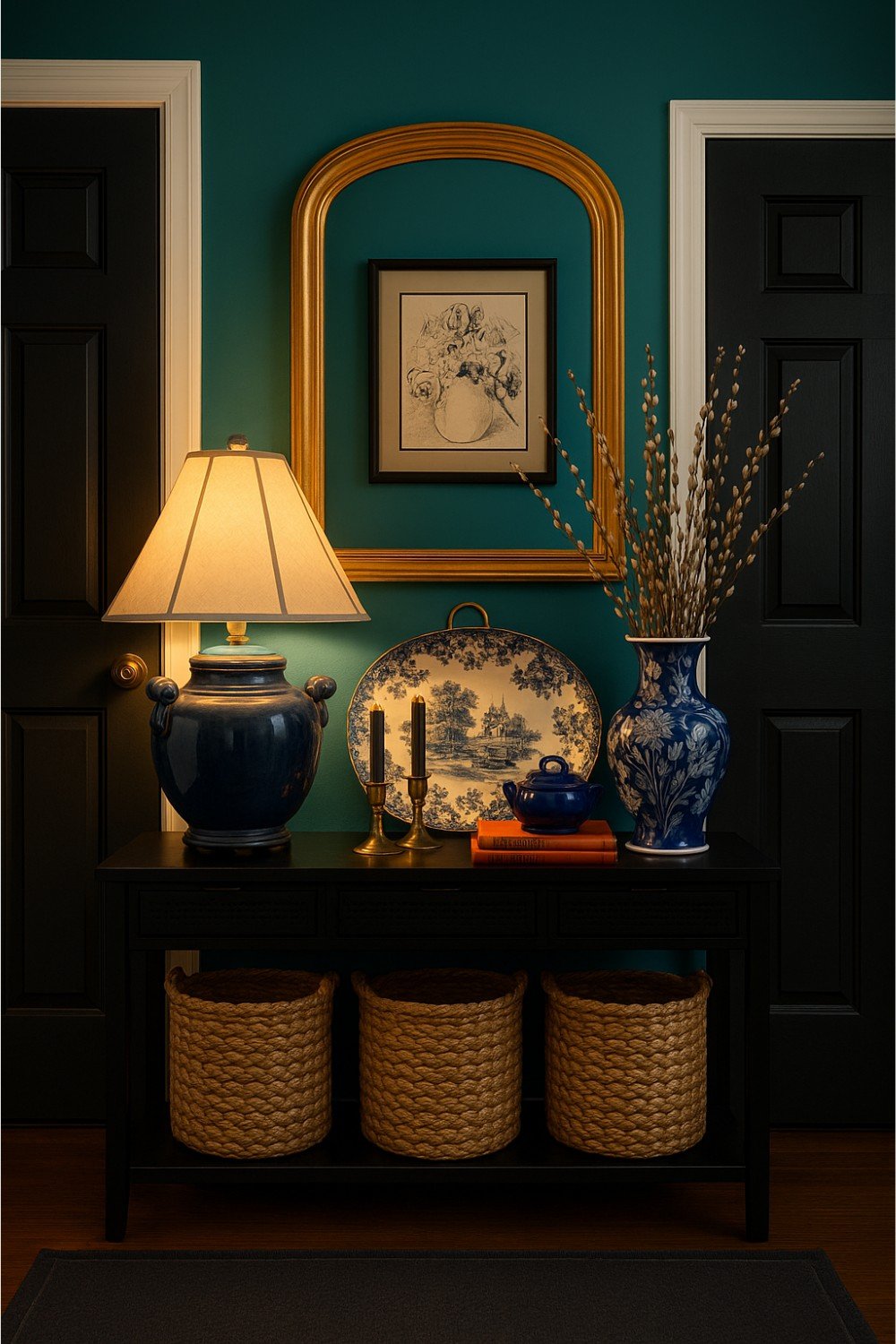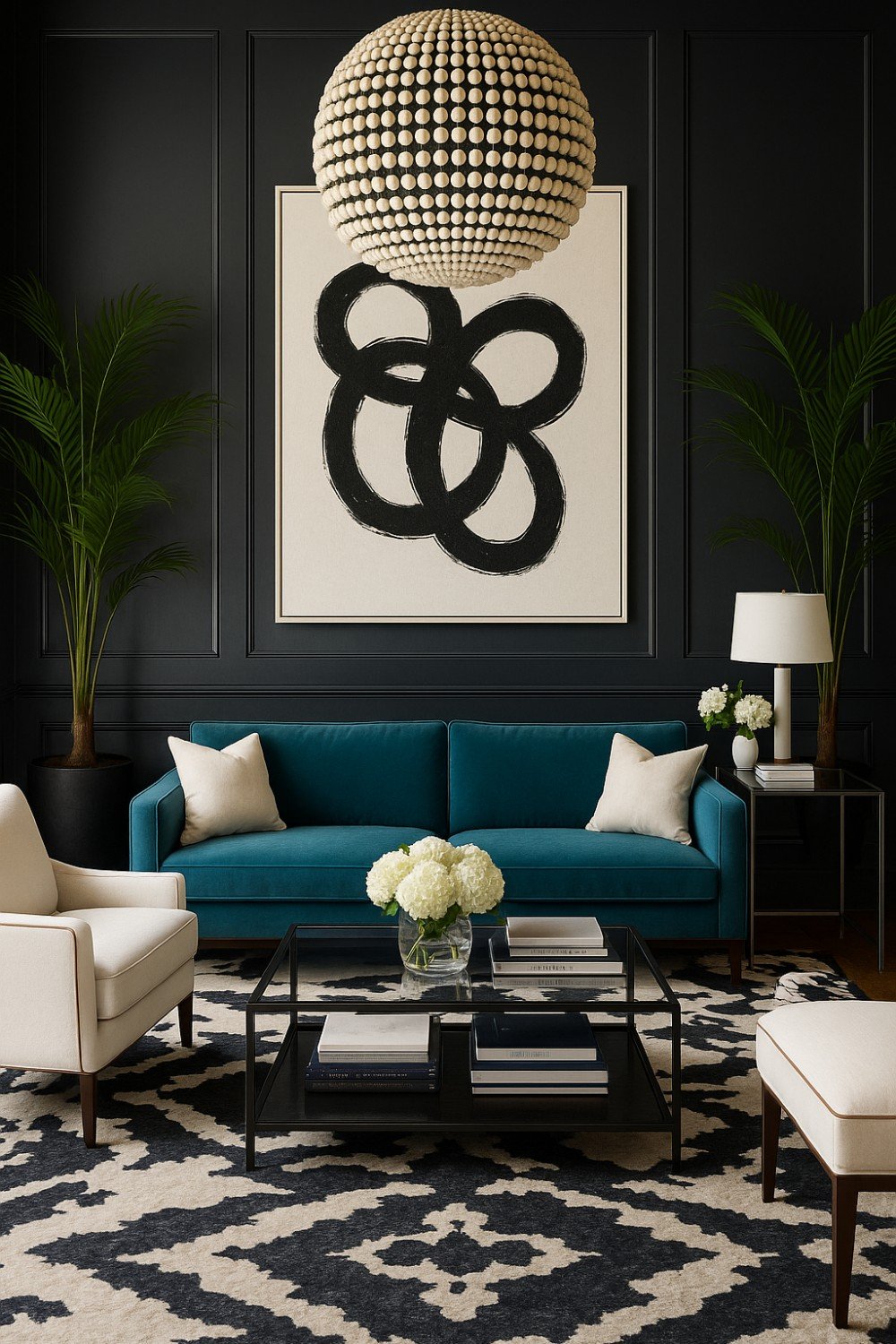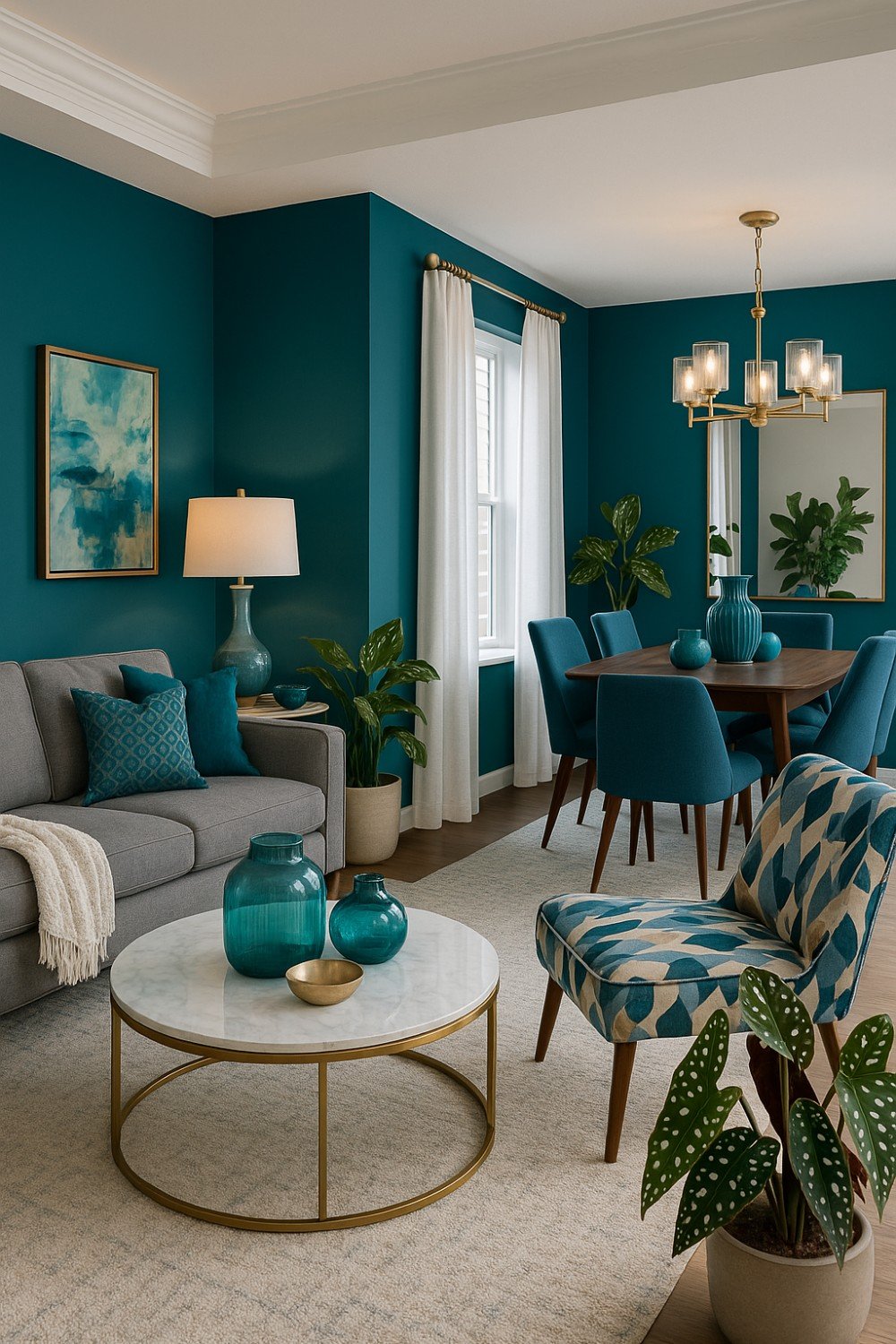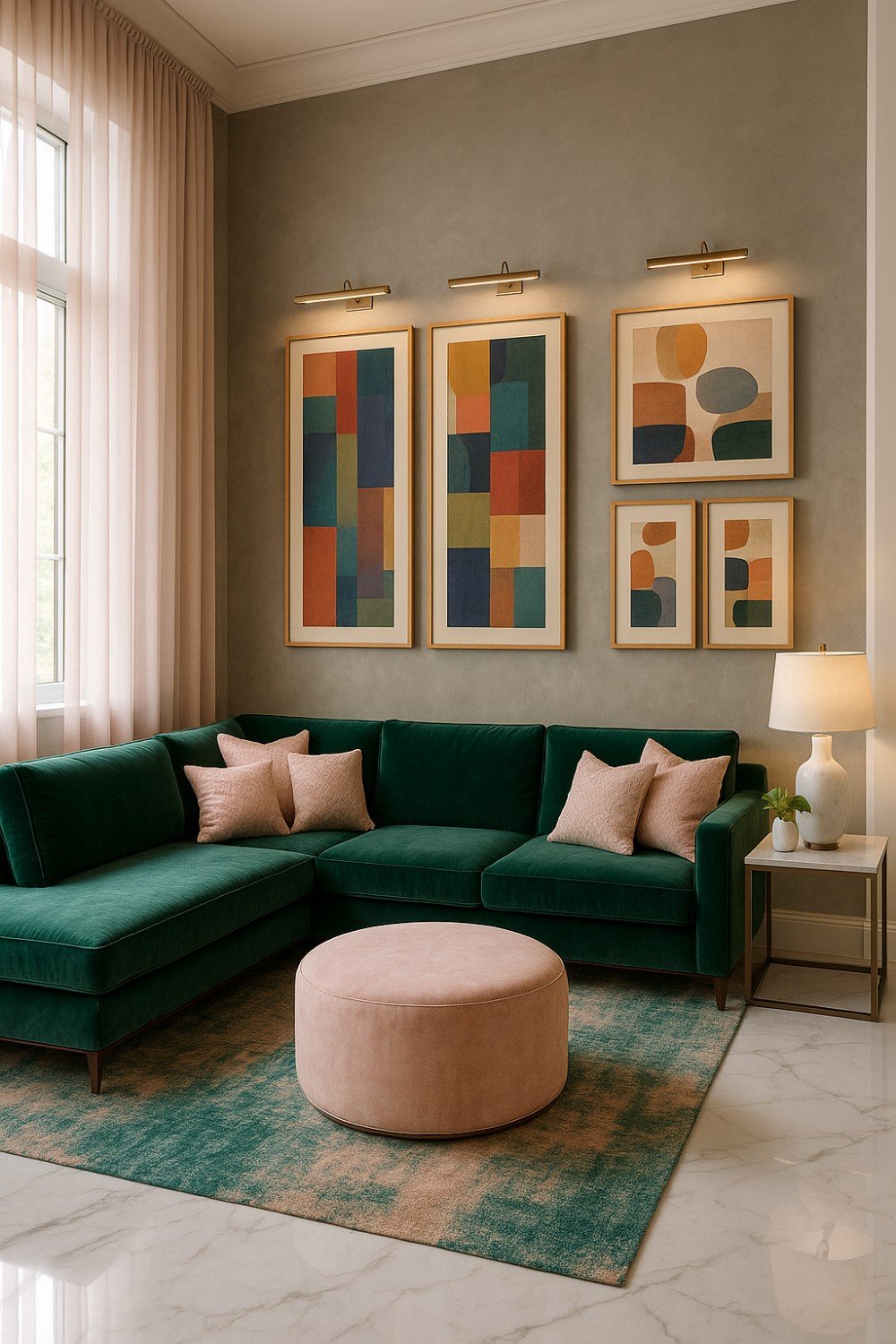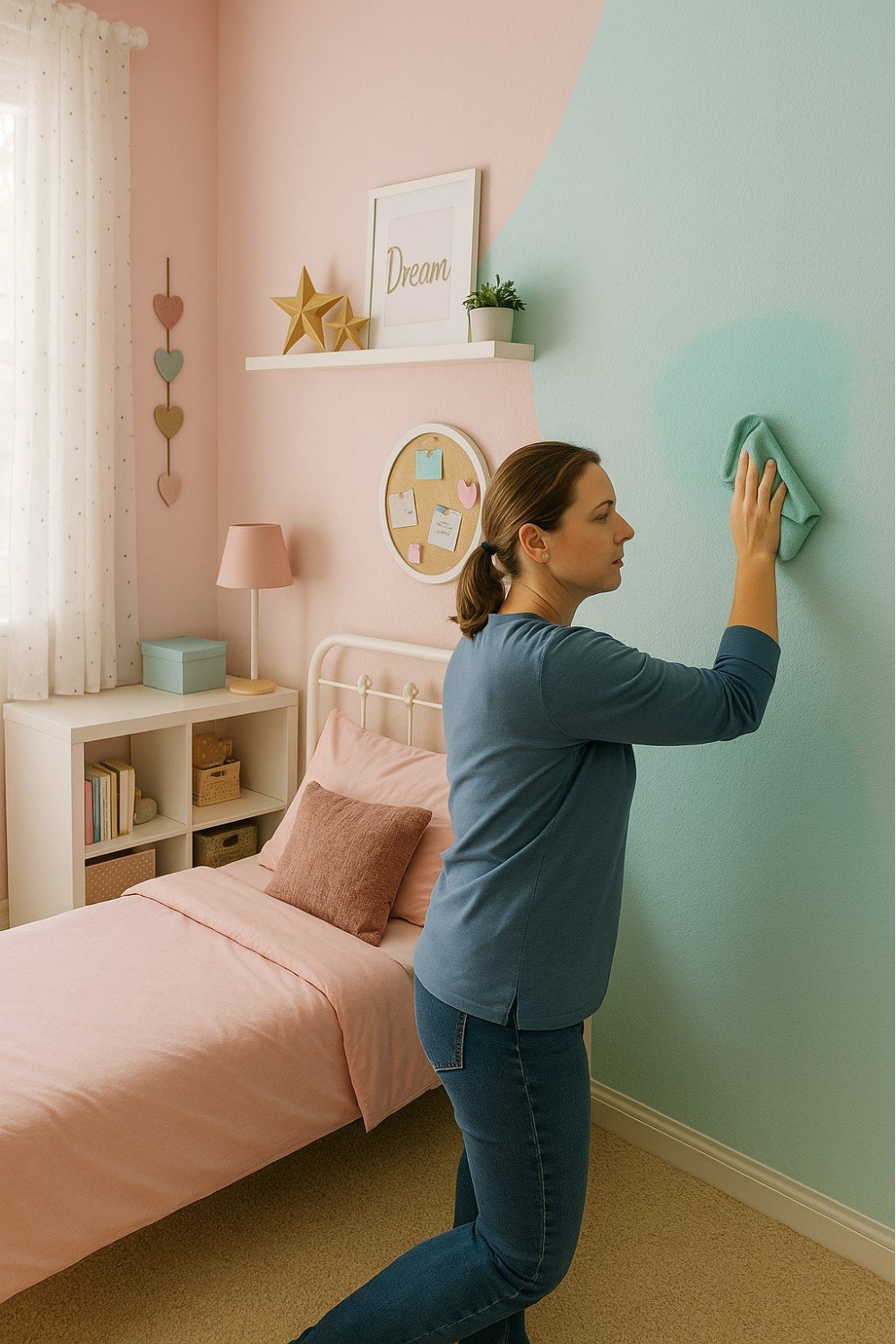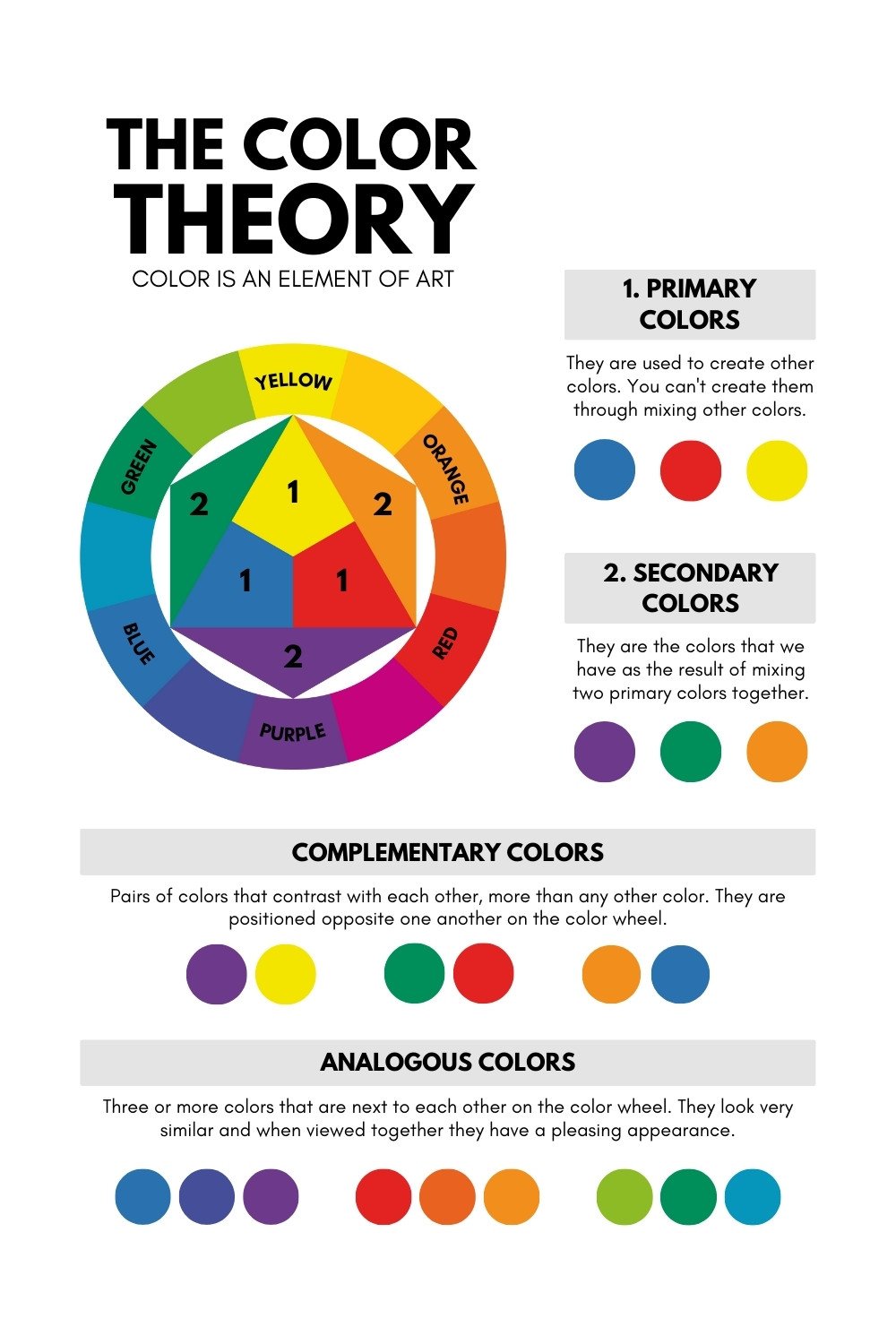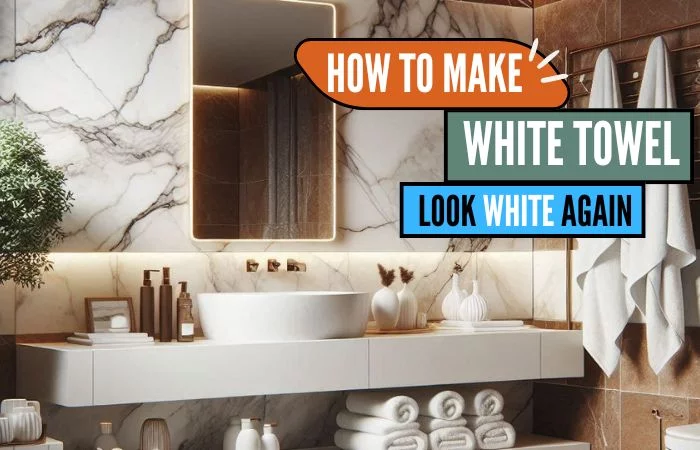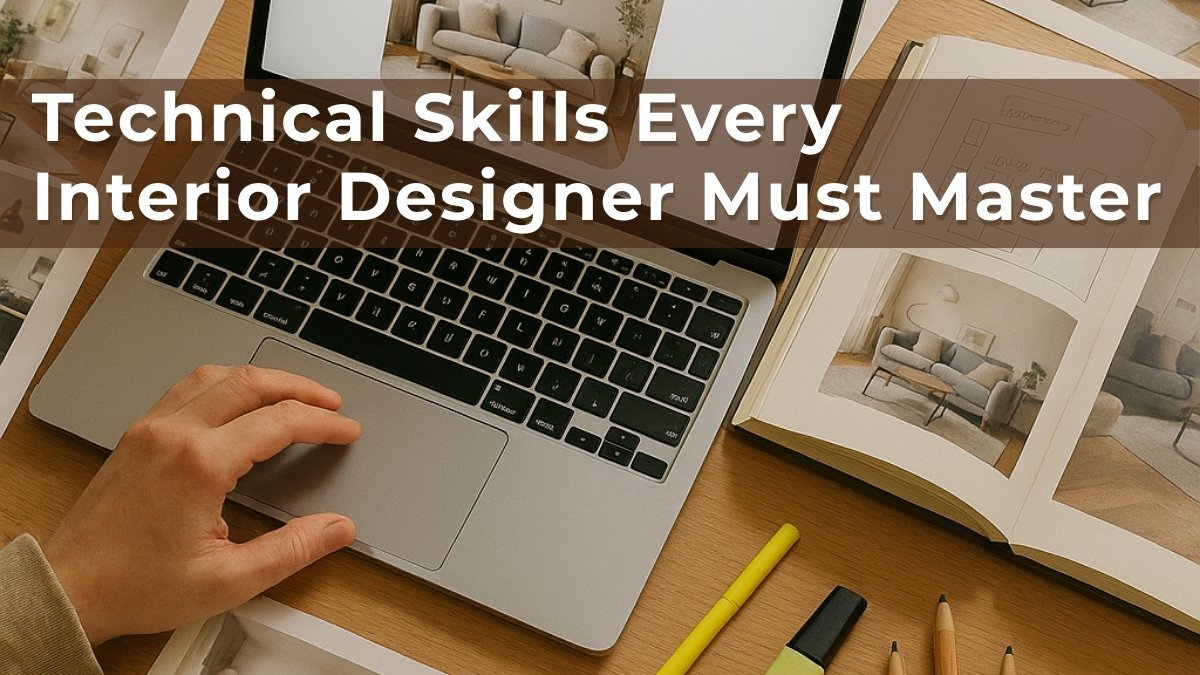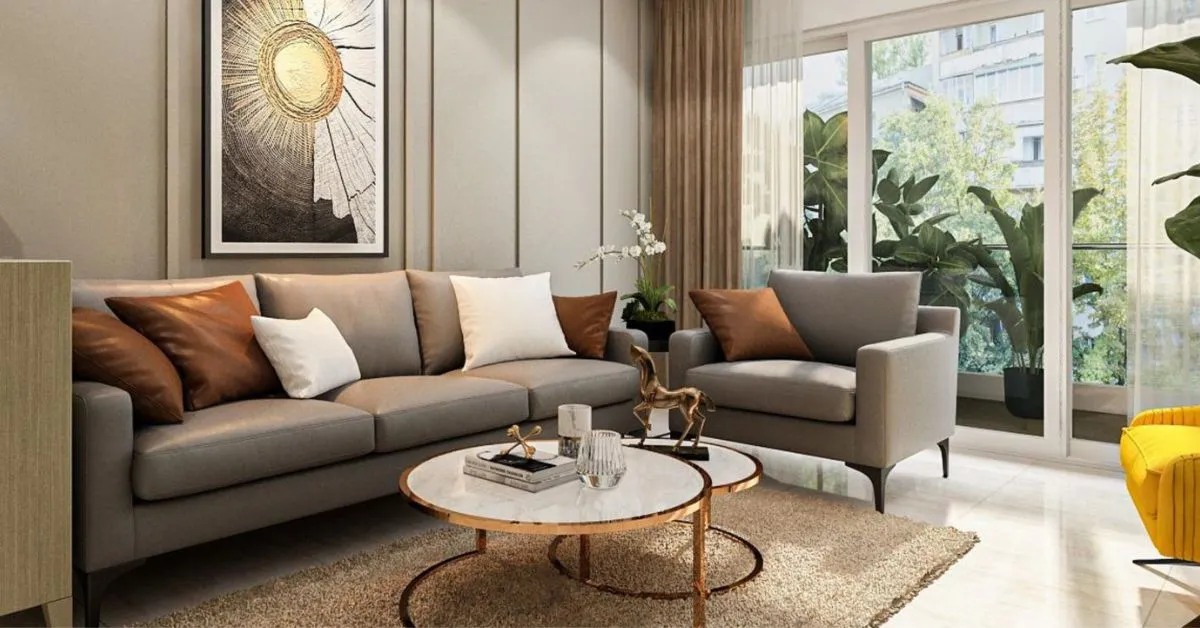How to Choose Wall Paint Colors—Before You Regret That First Coat!
Wondering how to choose wall paint colours for your home? It can be exciting—but also a little overwhelming. I’ve seen many clients stand in front of endless shade cards, unsure where to start. And while paint is changeable, none of us want to redo it often.
The right paint colour can brighten a room, reflect your personality, and bring a sense of flow to your space. In this post, I’m sharing simple, thoughtful tips I use in my design consultations to help you confidently select the perfect shades for your home.
Related Articles:
- 27 Emerald and Dark Green Bedroom Ideas You Must Explore
- Popular Sofa Colours That Never Go Out of Style
- 8 Paint Colors to Boost Productivity When Working from Home
1. Start With Inspiration, Not Confusion
Before diving into shade cards, take a pause and look at what already brings you joy. It could be a scarf you love, a landscape photo you saved on Pinterest, or even the colors in your favorite piece of art. These hints often show what you naturally gravitate towards.
Once inspired, test small paint samples directly on your wall—not just on paper. Observe how they change in different corners and at different times of day.
2. Observe the Light Throughout the Day
Lighting dramatically affects how paint looks. A beige can look golden in the morning and dull by evening. Always test paint swatches and check how they look in morning light, afternoon brightness, and under your evening lighting.
Also consider your room’s direction:
- North-facing: cooler light – warmer shades work well
- South-facing: lots of sunlight – almost all tones shine
- East-facing: soft morning light – use soft cool tones
- West-facing: warm evening glow – great for cozy shades
Layered lighting (ambient, task, and accent) can also enhance the richness of a chosen wall color.
3. Use Your Intuition & Test Before You Decide
This one is simple but important. Trust your eye and how a color makes you feel in your space. Don’t rush the process.
Once you’ve narrowed your options, paint a large patch on the wall and live with it for a few days. Watch how it shifts in tone as the light changes and how it feels as you walk into the room.
4. Let the Colors Flow Across Rooms
Think of your home as a story—each room a chapter that blends into the next. While each space can have its own identity, try to create a gentle color flow that connects rooms. Use complementing tones or pick varying shades from the same palette to maintain harmony.
5. Think Beyond Just Paint
Your wall color doesn’t exist in isolation. It should complement your flooring, furniture, curtains, artwork, and even lighting. Sometimes, a “safe” color doesn’t work simply because the undertones clash with your sofa or rug.
Also, don’t forget about trims, ceilings, and moldings—these can be painted in lighter or deeper shades for subtle depth.
6. Choose Durable Paint for High-Traffic Areas
In spaces like kitchens, corridors, or children’s rooms, durability matters. Choose washable or stain-resistant paints in eggshell or satin finish. Some paints are even scrubbable without losing their sheen—perfect for busy homes.
7. Use the 60-30-10 Rule to Balance Colours
This timeless formula helps maintain color balance:
- 60%: Dominant color (usually wall)
- 30%: Secondary color (furniture, curtains)
- 10%: Accent color (pillows, artwork)
It’s a simple way to ensure your space looks pulled together without feeling flat.
8. Neutrals Are Your Best Friend
Neutrals like white, ivory, soft grey, taupe, and sand tones create a calm base. They offer flexibility—so you can change cushions, art, or decor pieces without repainting your walls each time.
For smaller spaces or homes with minimal daylight, a neutral base helps bounce light and makes the room feel larger.
🎨 9. Understand Paint Types: Water-Based vs Oil-Based
Paint isn’t just about color—it’s also about feel and function. Water-based paints (acrylic or latex) are low-odor, dry fast, and are easy to clean up. Oil-based paints are smoother and more durable but take longer to dry and may have strong fumes.
For most modern homes, especially in the U.S., water-based paints are preferred for walls.
🎨 Final Thoughts on How to choose wall paint colours: Your Home, Your Canvas
Choosing a paint color isn’t about perfection—it’s about connection. It’s about walking into a room and feeling good. With a little thought and observation, you can choose wall colors that reflect your taste, support your lifestyle, and bring a quiet joy to everyday living.
So take your time. Let inspiration guide you. Your home is your canvas—paint it with intention, and let your walls speak your story.
